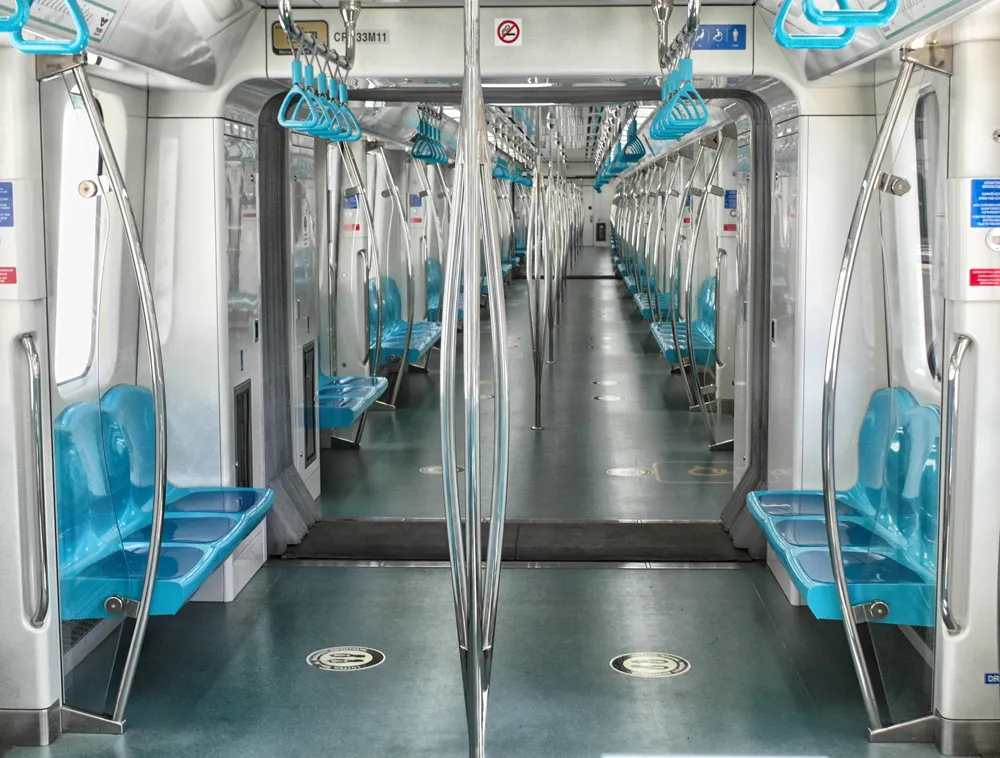Driverless vehicles have begun operation on the Milan Metro line 5 extension which opened on the 29 April.
Ansaldo STS delivered 19 trains to Milan Metro operator ATM, which will run on the extended 12.8 kilometre line to San Siro Stadio and will stop at five newly opened stations. A further five stations will be opened in October this year.
The system allows remote supervision of daily train traffic and is able to change the frequency of trains to meet the fluctuating demands of daily traffic, ad
May 7, 2015
Read time: 1 min
Driverless vehicles have begun operation on the Milan Metro line 5 extension which opened on the 29 April.
Ansaldo STS delivered 19 trains to Milan Metro operator ATM, which will run on the extended 12.8 kilometre line to San Siro Stadio and will stop at five newly opened stations. A further five stations will be opened in October this year.
The system allows remote supervision of daily train traffic and is able to change the frequency of trains to meet the fluctuating demands of daily traffic, adding more trains during rush hours and reducing them during quieter periods.
Ansaldo STS delivered 19 trains to Milan Metro operator ATM, which will run on the extended 12.8 kilometre line to San Siro Stadio and will stop at five newly opened stations. A further five stations will be opened in October this year.
The system allows remote supervision of daily train traffic and is able to change the frequency of trains to meet the fluctuating demands of daily traffic, adding more trains during rush hours and reducing them during quieter periods.










